How to Run An Effective Meeting
How often do you sit in meeting after meeting trying to solve the same exact issues, you tried to solve last time, with no solution? Or a solution was found, but no one was assigned to do it, so it continues to be left unresolved?
Recently, at one of my latest quarterly meetings with a newer client, we were working through their issues list—and man, it was a daunting list. Over 50 issues filled my entire 4ft x 8ft whiteboard and sat staring at us. Just waiting to be solved.
By the end of the afternoon, I helped them identify their key issues and found solutions that resolved them at the root, knocking out a bunch of their other issues in the process and lifting a huge weight off the leadership team’s shoulders. At the end of the session, the client said, “It’s always so much easier when we’re with you.”
The reason for that? The Entrepreneurial Operating System’s IDS Tool (and lots of practice).
What is IDS™?
Solving issues can be one of the most challenging aspects of running a business. Especially, when you don’t even know how to begin solving them. If your leadership team lacks focus, discipline, commitment, and a clear vision, solving issues will be nearly impossible.
However, if your leadership team works together to:
- (I) Clearly identify what your issues are
- (D) Thoroughly discuss to clearly understand the issue and possible solutions
- (S) Hold yourselves accountable for solving them
Then you are practicing IDS.
With IDS, I encourage leadership teams to start with identifying the 3 most important issues impacting your business right now. These aren’t the 3 issues that are easiest to solve, nor are they the 1st on your list, but the issues that are having the biggest negative impact on your organizational health and ability to grow. Once you prioritize your issues, 1, 2, & 3, then you can start to IDS issue #1.
When every person within your organization is consistently implementing IDS into your L10 meetings, you get to the root of your issues before they become too big. As business leaders, this empowers your employees and saves you time. You’re no longer taking on issues that they can solve on their own and your business will begin to see the results you’ve been looking for.
Step 1: Identify
More often than not, leadership teams will bring a giant list of issues to every meeting, hoping that one day they will solve them. This is exactly what happened with my client when we first started our journey. However, it’s the least effective way of actually solving your issues.
With the IDS process, we take a step back and ask: What is the REAL issue? Most of your issues are more than likely smaller problems that result from one larger issue. We have to dig, dig, dig to get to the real root of what’s holding you back or standing in your way.
When I’ve worked with clients, once we identified the root of an issue, we were able to not just get to a clear resolution, we were able to make 13 other issues go away! If we had started at the ‘symptom’ version of this issue, then the issues would still be there next quarter and all those issues would also still be bothering us!
Step 2: Discuss
This is the step where most teams spend way too much time. Even really great teams can be bad at problem-solving because they get stuck in discussing. You’ve probably experienced this. You’re in a meeting and someone brings up an issue, and before you know it, the meeting has turned into storytime where every person feels the need to share their version of how that issue is also a problem for them. The meeting time gets eaten up with discussing stories instead of diving into solutions.
A healthy leadership team will encourage all members to openly share their thoughts, ideas, insights, and opinions on every issue so that you are working to find the best possible solution based on experience. BUT this is not the time for storytelling or repeating. The meeting facilitator needs to step up and cut people off. We’re looking to get clarity on the real issue and find possible solutions. Once we get to repeating ourselves, then we need to quickly move from the discussing phase to the solve phase.
Step 3: Solve
Most teams will never get to this 3rd stage. They will truly identify the issue, discuss and determine a possible solution, but then they never get to aligning on a Solve for the issue. The traction that they developed in discussing possible solutions dies because no one was Identified to take on the task and, therefore, no one is responsible or being held accountable to truly solve it.
EOS and the IDS process make sure that you solve your issue in a way that is actionable and accomplishable while holding you accountable in achieving it by specifically assigning it for someone to do.
Give Your Meetings Values Again with IDS™
As leaders, we will always have issues. If we want to achieve our vision, we have to get really good at solving issues at the root and making them go away forever. If you’re not spending the majority of your leadership meetings solving issues, I would highly encourage you to make this switch now. It will make your meetings more effective and valuable so that your weekly meetings will quickly become your favorite and most important part of your week.
Want to experience IDS? As an EOS Implementer, I’m happy to give you 2 hours of my time to facilitate a specialized, IDS session with you and your team to teach you how to IDS your key issues and keep you on track. Solving issues takes time, but by handling them now, your business can start to experience long term growth. Ready to solve your issues for good? Let’s connect!


